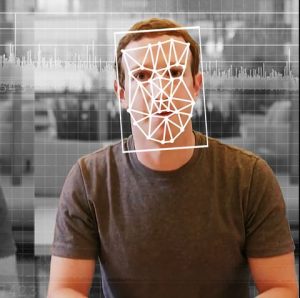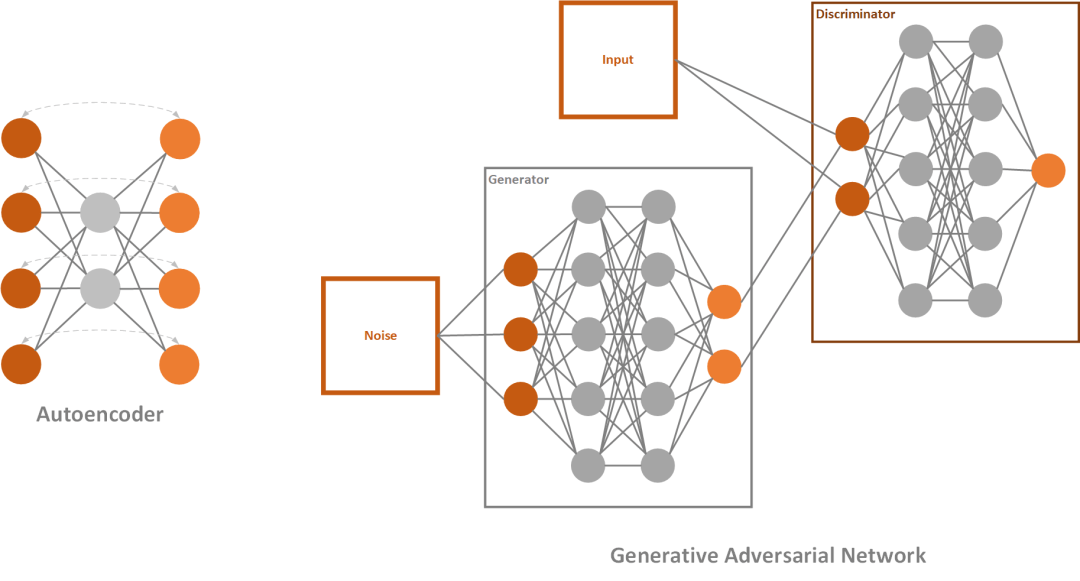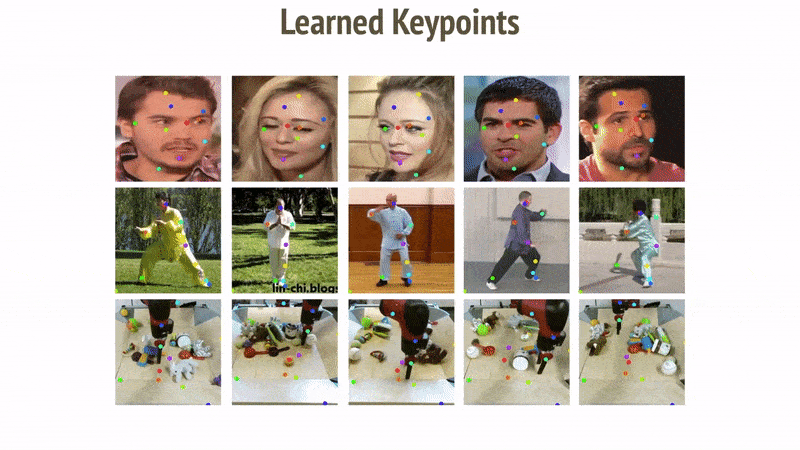DEEP FAKES In Just FIVE Minutes
Create Deepfakes in five minutes with First Order Model Method

By Dr. RamGokul M
Deepfakes have entered mainstream culture. These realistic-looking fake videos, in which it seems that someone is doing and/or saying something even though they didn’t, went viral a couple of years ago. Today, even if you see a video of some celebrity or politician saying something in a video, you will take it with a grain of suspicion (or at least you should do so). “Putting words in someone’s mouth” got a whole new connotation.
Of course, deepfakes raised big ethical and moral concerns, but that didn’t stop us from improving them and technologies to build them. Creating deep fakes in the past was not an easy task, however with recent advances it became a five-minutes job. In this article we will explore how deepfakes are created and we apply a First Order Modeling method, which allows us to create deep fakes in a matter of minutes.
“How are Deepfakes Created?”
 The basis of deepfakes, or image animation in general, is to combine the appearance extracted from a source image with motion patterns derived from a driving video. For these purposes deepfakes use deep learning, where their name comes from (deep learning + fake). To be more precise, they are created using the combination of autoencoders and GANs.
The basis of deepfakes, or image animation in general, is to combine the appearance extracted from a source image with motion patterns derived from a driving video. For these purposes deepfakes use deep learning, where their name comes from (deep learning + fake). To be more precise, they are created using the combination of autoencoders and GANs.
Autoencoder is a simple neural network, that utilizes unsupervised learning (or self-supervised if we want to be more accurate). They are called like that because they automatically encode information and usually are used for dimensionality reduction. It consists of three parts: encoder, code, and decoder. The encoder will process the input, in our case input video frame, and encode it. This means that it transforms information gathered from it into some lower-dimensional latent space – the code. In this latent representation information about key features like facial features and body posture of the video-frame is contained. In lame terms, here we have information about what face is doing, does it smile or blinks, etc. The decoder of autoencoder restores this image from the code and uses it for network learning.
Generative Adversarial Networks or GANs are one very cool deep learning concept. Essentially, they are composed of two networks that are competing against each other. The first network tries to generate images that are similar to the training set and it is called the generator. The second network tries to detect where does the image comes from, training set, or the generator and it is called – the discriminator. Both networks are trying to be better than the other and as a result we get better-generated images.

“First Order Model for Image Animation”


As mention, we can use already trained models and use our source image and driving video to generate deepfakes. You can do so by following this Collab notebook.
In essence, what you need to do is clone the repository and mount your Google Drive. Once that is done, you need to upload your image and driving video to drive. Make sure that image and video size contains only face, for the best results. Use ffmpeg to crop the video if you need to. Then all you need is to run this piece of code:
source_image = imageio.imread(‘/content/gdrive/My Drive/first-order-motion-model/source_image.png’)
driving_video = imageio.mimread(‘driving_video.mp4’, memtest=False)
#Resize image and video to 256×256
source_image = resize(source_image, (256, 256))[…, :3]
driving_video = [resize(frame, (256, 256))[…, :3] for frame in driving_video]
predictions = make_animation(source_image, driving_video, generator, kp_detector, relative=True,
adapt_movement_scale=True)
HTML(display(source_image, driving_video, predictions).to_html5_video())